

In a digital savvy community driven by sharing, subverting and trending, everyone possesses the power to take on the creative role for a few minutes of fame. Cats in hats and arty Instagram filters are always fun, but what if we, as designers or brands, could hone in on these trends and use them to our advantage?
“The internet has created a more egalitarian form of communication”
Something that’s always fascinated me is 'détournement', a subversive artistic process that re-contextualises a piece of media by de-constructing one or more existing elements. Originating in the 1950s, détournement is a way of hijacking a familiar piece of work often for satirical purposes. An early example of this is collage book Mémoires; designed to disorient the reader through juxtaposition, each page consists of fragments from other books, photographs, newspapers and comics, bound together with sandpaper.
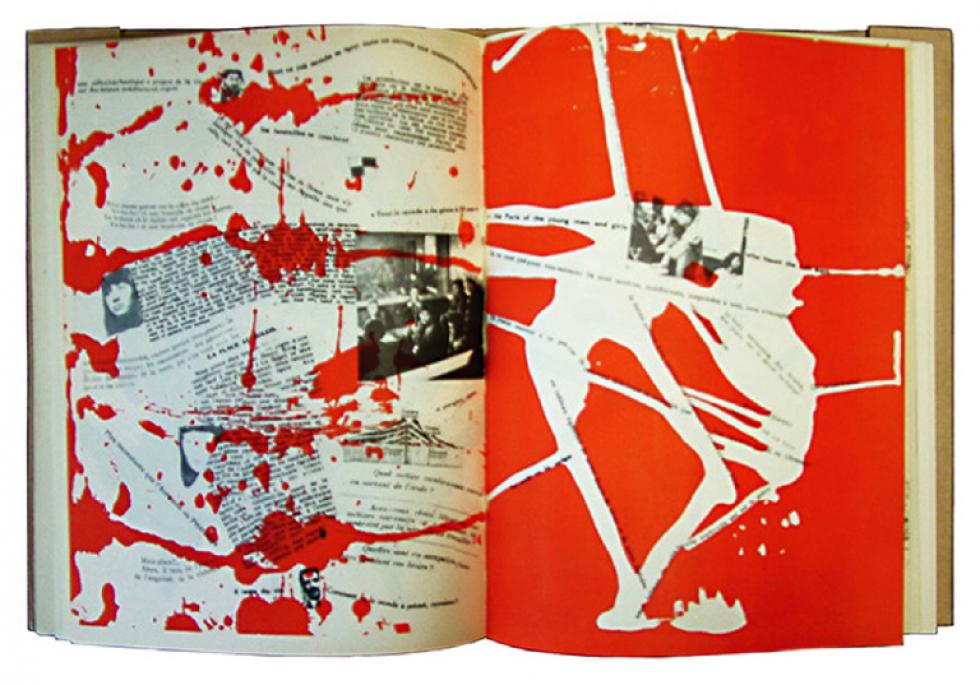
The technique can also be seen in the work of modern graphic artists like Jamie Reid, Barbara Kruger, and more recently Banksy, who often recycle familiar cultural images or texts, and reshape them to convey new messages.
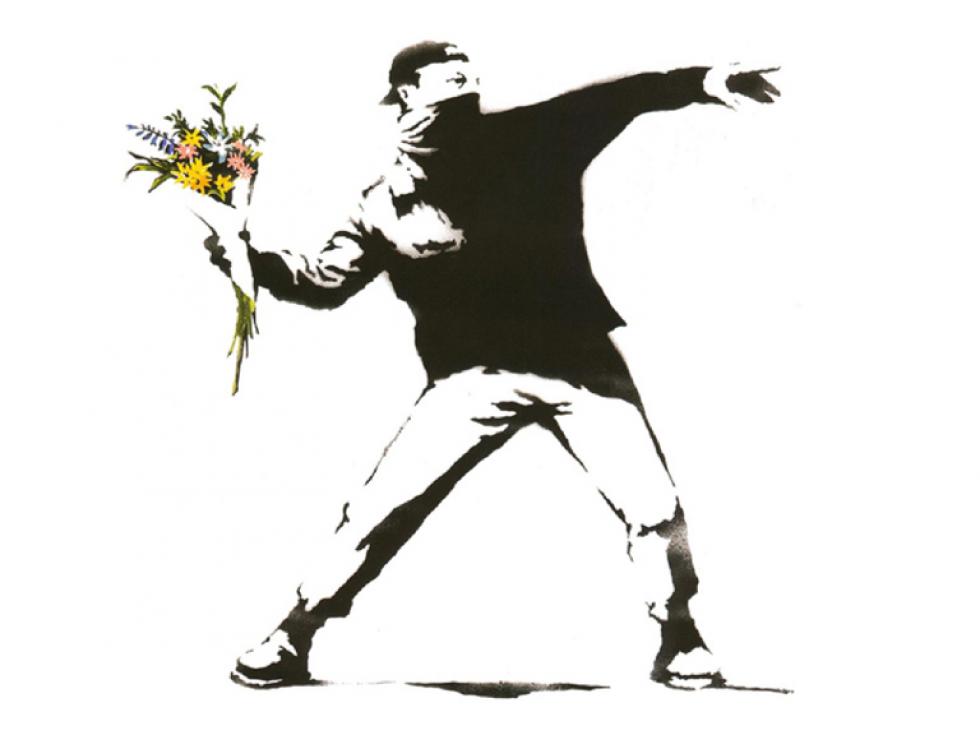
Before the Internet, images of society were broadcast to the masses, intended for passive consumption through TV, film, print, and so on. Society relied on creative types and artists to do something with this media; to deconstruct, reconstruct, and create new messages, ideas, or modes of expression.
Nowadays, the internet has created a more egalitarian form of communication, where the audience en masse has a better opportunity for participation and personal expression. Whilst platforms such as Twitter allow us to broadcast our views on pretty much anything, they also present us with the option to subvert information, to reconstruct recognisable online media in our own image... So is the internet meme a contemporary version of détournement?
“It’s easy to see the potential in content which can be shared, personalised, and shared again by millions of people worldwide”
Potentially, a meme has the power to completely reinvent and supersede it’s subject matter. Back in 2011 Nicolas Cage became the subject of a chain of memes which took a phrase from one of his movies (A Vampire’s Kiss, 1998) to create the now infamous 'You don't say' meme. The original meme, posted to subreddit, gained 4000 fan votes in just 5 days and has since clocked up over 950,000 likes on a unique Facebook page, which is now home to memes of all shapes and sizes!
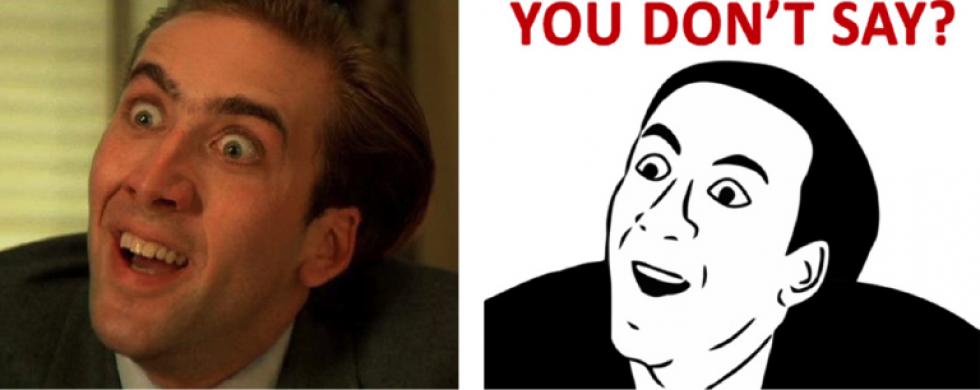
Charlie Sheen, Keanu Reeves and Chuck Norris are just a handful of other actors who have also been reinvented through various forms of online mutation (and in some cases have been specifically crafted for use in commercial advertising).
Since certain memes seem to capture attention and rack up interactions so quickly, it’s easy to see the potential in this simple form of content which can be shared, recognised, personalised, and shared again by literally millions of people worldwide. Obviously, its continuing appeal depends on whether the subject remains relevant or if it starts to decay over time, but when at its peak, a savvy marketer or brand can easily use it to their advantage.

In 2007, this photo of a child was uploaded to a personal Flickr account. Over time, thousands of online users began to share the image of 'Success Kid' as a way to visually express their own feelings - think of it as a personalised emoticon.
With the meme being so well recognised by a wider audience, Virgin Media paid to use the photo (with the addition of a few extra details) as part of what would become a very successful billboard campaign. What’s really interesting is how the core piece of content in their campaign was essentially planted by the same audience that was now being sold to. An audience that could instantly relate to this familiar image, whilst being open to a new story.
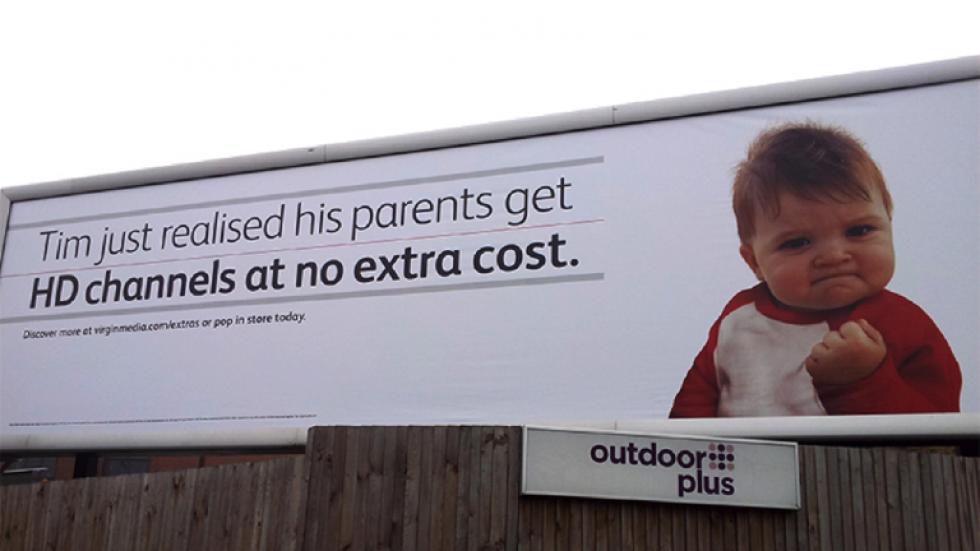
On the other side of the fence, brands themselves are subject to a modern day détournement of sorts. Airbnb’s new logo, created by DesignStudio, has exploded across the internet,engaging people’s thoughts over what the design actually represents. The logo has become a real talking point, already becoming massively parodied and reproduced to creating further brand exposure in more ways than one... (readers of a sensitive nature might want to away!)
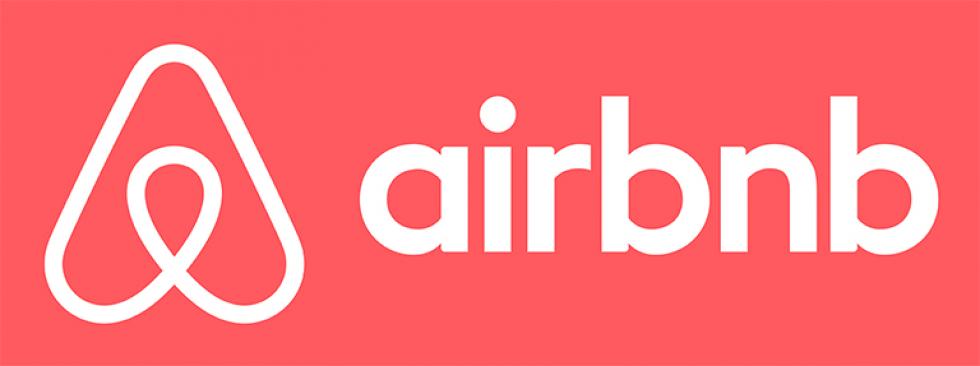
With new media increasingly becoming an active form of shared creation and communication, people are constantly re-discovering common human interests and sharing all the things that make them think, laugh or cry. So why not grab hold with both hands, and build on something beautiful to create relatable stories and lasting impressions?
Dave Wharton
28 August 2014